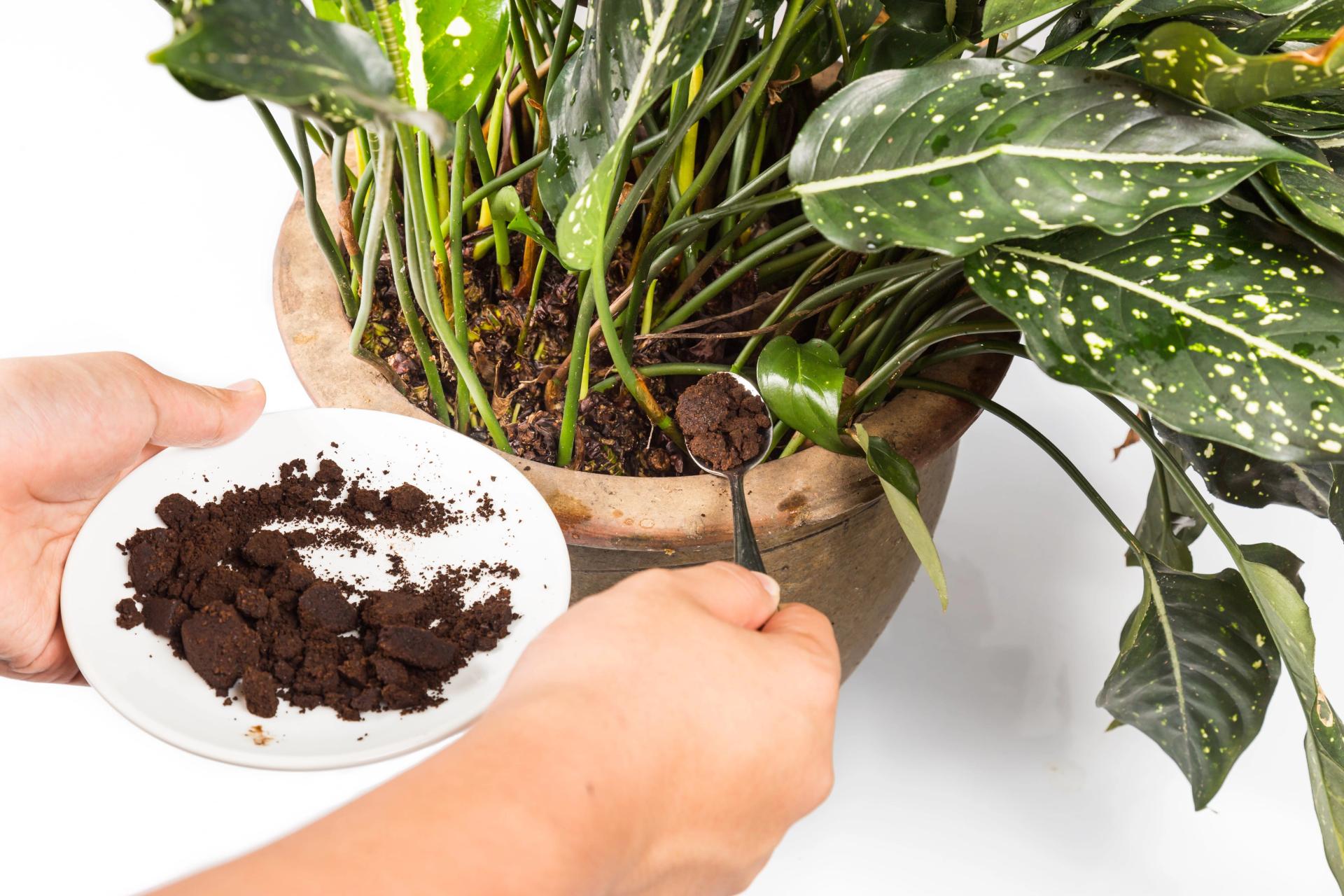

Articles
How To Use Coffee Grounds As Fertilizer
Modified: January 19, 2024
Learn how to use coffee grounds as fertilizer in our informative articles.
(Many of the links in this article redirect to a specific reviewed product. Your purchase of these products through affiliate links helps to generate commission for Storables.com, at no extra cost. Learn more)
Introduction
Coffee, one of the world’s most beloved beverages, is enjoyed by millions of people every day. But did you know that those used coffee grounds can be put to good use in your garden? Instead of throwing them away, you can recycle them as a natural and organic fertilizer for your plants. Coffee grounds are rich in nutrients and can benefit your plants in various ways.
In this article, we will explore the benefits of using coffee grounds as fertilizer and discuss the precautions you should take before using them. We will also cover different methods of incorporating coffee grounds into your gardening routine, such as composting, applying them directly to plants, and using them as a soil amendment.
So, if you’re a coffee lover and a gardening enthusiast, this article is for you. Get ready to discover how coffee grounds can be a valuable asset in your quest for a thriving and healthy garden.
Key Takeaways:
- Coffee grounds as fertilizer offer nutrient-rich benefits, improve soil structure, and deter pests. However, caution is necessary to avoid overuse and potential soil imbalances, ensuring optimal plant health and environmental sustainability.
- Incorporating coffee grounds into gardening routines through composting, direct application, or soil amendment can enhance plant growth. Experimentation and monitoring plant responses are crucial for maximizing the benefits of coffee grounds while minimizing potential issues.
Read more: How To Store Used Coffee Grounds
Benefits of Using Coffee Grounds as Fertilizer
Using coffee grounds as fertilizer offers several benefits for your plants and garden. Here are some of the key advantages:
- Nutrient-Rich: Coffee grounds are an excellent source of nitrogen, phosphorus, and potassium, which are essential macronutrients for plant growth. Nitrogen promotes leafy green growth, phosphorus aids in root development, and potassium enhances overall plant health.
- Improves Soil Structure: Coffee grounds add organic matter to the soil, improving its structure and ability to retain moisture. They act as a natural mulch, preventing weed growth, erosion, and water evaporation. The organic matter also encourages beneficial microorganisms to thrive in the soil, promoting a healthy ecosystem.
- Enhances pH Balance: Coffee grounds have a slightly acidic pH, which can be beneficial for plants that prefer acidic soil conditions. Acid-loving plants like roses, azaleas, blueberries, and rhododendrons will greatly benefit from the addition of coffee grounds to the soil.
- Deters Pests: Coffee grounds have been found to repel certain pests, such as slugs, snails, and ants. They act as a natural barrier that these pests avoid crossing. By incorporating coffee grounds into your gardening routine, you can help protect your plants from unwanted invaders.
- Environmental Sustainability: Using coffee grounds as fertilizer promotes sustainability by reducing waste. Instead of sending coffee grounds to the landfill, you can repurpose them in your garden, minimizing your ecological footprint.
By harnessing these benefits, you can give your plants a natural boost and create a thriving garden environment. However, it’s essential to exercise caution when using coffee grounds as fertilizer to ensure optimal results.
Precautions Before Using Coffee Grounds as Fertilizer
While coffee grounds can provide numerous benefits to your plants, it’s important to consider a few precautions before incorporating them into your gardening routine:
- Moderation is Key: Although coffee grounds are rich in nutrients, it’s crucial not to overdo it. Using too much coffee grounds can disrupt the pH balance of the soil and potentially harm your plants. Aim to use coffee grounds in moderation, mixing them with other organic materials to create a well-balanced fertilizer.
- Avoid Freshly Brewed Grounds: Freshly brewed coffee grounds are acidic, and using them directly on your plants can lead to soil imbalances. It’s advisable to allow the used coffee grounds to dry out or compost before applying them to your garden. The drying or composting process helps neutralize the acidity.
- Consider Plant Preferences: Not all plants thrive with coffee grounds as fertilizer. While some plants, like acid-loving varieties, benefit from the acidity of coffee grounds, others prefer neutral or slightly alkaline soil. Before using coffee grounds, research the preferences of your specific plants to ensure compatibility.
- Watch Out for Molds and Fungi: Coffee grounds have a high moisture content, which can create an ideal environment for molds and fungi to thrive. To prevent this, ensure proper drainage in your soil and avoid excessive moisture build-up. Regularly monitor your plants and address any signs of fungal growth promptly.
- Compost or Mix with Other Organic Materials: To make the most of coffee grounds as fertilizer, it’s beneficial to compost them or mix them with other organic materials. This not only helps balance the nutrient composition but also ensures a more gradual release of nutrients into the soil, preventing nutrient overload or burning of plant roots.
By following these precautions, you can effectively utilize coffee grounds as fertilizer and avoid any potential issues. Now that you are aware of the precautions, let’s explore the different methods of incorporating coffee grounds into your garden.
Methods of Using Coffee Grounds as Fertilizer
There are several effective methods for incorporating coffee grounds as fertilizer in your garden. Let’s explore some of the most popular techniques:
- Composting with Coffee Grounds: One of the best ways to use coffee grounds as fertilizer is by adding them to your compost pile. Coffee grounds are considered green compost material due to their nitrogen content. Mix them with brown compost materials such as leaves, straw, or shredded paper to create a well-balanced compost. This process helps break down the grounds, enriching the compost with valuable nutrients for your plants.
- Applying Coffee Grounds Directly to Plants: You can apply coffee grounds directly to plants as a top dressing or mulch. Spread a thin layer of coffee grounds around the base of your plants, avoiding direct contact with the stems. As the grounds decompose, they release nutrients slowly into the soil, providing a steady supply for the plants’ growth.
- Using Coffee Grounds as a Soil Amendment: Incorporating coffee grounds into the soil is an effective way to improve its fertility. Mix coffee grounds with the existing soil to enhance its organic matter content and nutrient composition. This method is particularly beneficial for plants that prefer acidic soil conditions, as coffee grounds can help adjust the pH level.
- Coffee Grounds Tea Fertilizer: Another technique is to make a liquid fertilizer by steeping coffee grounds in water. Simply pour boiling water over the grounds and let them steep for a few hours or overnight. Strain the liquid and dilute it with water before using it to water your plants. This homemade fertilizer provides a nutrient-rich solution that can be used for various plants.
- Using Coffee Grounds in Vermicomposting: Vermicomposting, the process of composting with the help of worms, can be enhanced by adding coffee grounds. Worms love coffee grounds and can quickly break them down, releasing valuable nutrients in the process. Mix coffee grounds with other worm-friendly compost materials to create a nutrient-rich environment for your worms.
Experiment with these methods to find the one that works best for your gardening needs and the preferences of your plants. Remember to always monitor your plants’ response and adjust your coffee ground usage accordingly. Now that you have an understanding of the various techniques, you can start incorporating coffee grounds into your gardening routine with confidence.
Mix coffee grounds into the soil around acid-loving plants like roses, azaleas, and blueberries to provide a natural fertilizer rich in nitrogen and other essential nutrients. This can help improve soil structure and promote healthy plant growth.
Composting with Coffee Grounds
Composting with coffee grounds is an excellent way to recycle and repurpose your used coffee grounds while creating nutrient-rich compost for your garden. Here’s how you can effectively compost with coffee grounds:
- Collect Used Coffee Grounds: Start by collecting your used coffee grounds. Save them in a separate container rather than throwing them away. You can collect grounds from your own coffee maker or ask local coffee shops if they have any to spare.
- Add Other Compost Materials: To create a well-balanced compost, mix the coffee grounds with other organic materials. Brown compost materials like dried leaves, straw, or shredded paper provide carbon, while green compost materials like grass clippings or kitchen scraps contribute nitrogen. Aim for a ratio of roughly 3 parts carbon to 1 part nitrogen.
- Layer the Compost: Layer the coffee grounds and other compost materials in your compost bin or pile. Alternate between layers of coffee grounds and other materials, making sure to keep the pile well-aerated. Avoid creating thick layers of coffee grounds alone, as they can become compacted and hinder proper decomposition.
- Maintain Moisture and Turn the Compost: Compost needs to stay moist but not waterlogged. Regularly monitor the moisture level and add water if needed. Additionally, turn the compost pile every few weeks using a pitchfork or shovel to ensure proper aeration and decomposition. This helps accelerate the breakdown of the materials, including the coffee grounds.
- Monitor the Compost Temperature: Composting generates heat as organic matter breaks down. Use a compost thermometer to monitor the internal temperature of your pile. The ideal temperature range for composting is between 120°F (49°C) and 160°F (71°C). If the temperature rises above this range, it may indicate that the pile is too rich in nitrogen. Consider adding more carbon materials to balance the decomposition process.
- Harvest and Use the Finished Compost: After several months of composting, your pile will transform into dark, crumbly, and earthy-smelling compost. At this point, it is ready to be harvested and used in your garden. Spread a layer of the finished compost around your plants, mixing it into the soil to provide them with essential nutrients and improve soil structure.
Composting with coffee grounds is a sustainable and eco-friendly way to amend your garden soil while reducing waste. Remember to always practice proper composting techniques, maintaining a well-balanced ratio of materials and turning the pile for optimal decomposition. With patience and diligence, you’ll be rewarded with nutrient-rich compost that will benefit your garden and plants.
Read more: How To Use Coffee Grounds As Air Freshener
Applying Coffee Grounds Directly to Plants
Applying coffee grounds directly to plants is a simple and effective method to provide them with a nutrient boost. Here’s how you can use coffee grounds as a top dressing or mulch for your plants:
- Collect and Dry the Coffee Grounds: Start by collecting the used coffee grounds and allowing them to dry out. Spread them on a tray or baking sheet and let them air dry for a few days. This step helps reduce the moisture content and prevents the grounds from clumping together.
- Choose the Right Plants: Coffee grounds can benefit a wide range of plants, from flowers and vegetables to fruits and herbs. However, certain plants, like acid-loving varieties, benefit the most. Plants like roses, azaleas, blueberries, and rhododendrons thrive in acidic soil, making coffee grounds an ideal addition.
- Apply a Thin Layer: Take the dried coffee grounds and apply a thin layer around the base of your plants. Be sure to avoid direct contact with the stems, as excessive moisture from the grounds can lead to rot or fungal issues. The layer should be no more than half an inch thick.
- Spread the Coffee Grounds: Gently spread the coffee grounds around the base of the plants, extending the coverage slightly beyond the drip line. This will allow the grounds to gradually decompose and release nutrients into the soil. Avoid piling up the grounds in one spot, as this can create hot pockets that may burn plant roots.
- Mix the Coffee Grounds with Mulch: For a more even application and to prevent the coffee grounds from clumping together, consider mixing them with organic mulch, such as shredded leaves or wood chips. This will help the coffee grounds integrate with the soil over time and provide a steady release of nutrients.
- Monitor the Effects: Keep a close eye on your plants after applying the coffee grounds. Observe how they respond and monitor overall soil moisture levels. Coffee grounds can act as a natural slow-release fertilizer, enriching the soil over time. Adjust the amount of coffee grounds used based on your plants’ reactions and the specific needs of your garden.
By applying coffee grounds directly to your plants, you can provide them with a nutrient boost while simultaneously acting as a natural mulch. The grounds gradually break down, releasing nutrients into the soil, improving its fertility, and aiding in the growth of your plants. Remember to use moderation and regularly assess the response of your plants to ensure optimal results.
Using Coffee Grounds as a Soil Amendment
Using coffee grounds as a soil amendment can significantly improve the fertility and structure of your garden soil. Here’s how you can effectively incorporate coffee grounds into your soil:
- Collect and Prepare the Coffee Grounds: Collect used coffee grounds and allow them to dry out before using them. Dried coffee grounds are easier to work with and help prevent clumping when mixed with the soil. Spread the grounds on a tray or baking sheet and let them air dry for a few days.
- Test Your Soil’s pH Level: Before incorporating coffee grounds into your soil, it’s beneficial to test its pH level. Coffee grounds are slightly acidic, so they work best for plants that prefer acidic soil conditions. Use a soil testing kit to determine your soil’s pH and ensure compatibility with coffee grounds.
- Prepare the Planting Area: Choose the area where you plan to incorporate the coffee grounds. Clear away any weeds or debris and loosen the soil with a garden fork or tiller. This creates an optimal environment for the coffee grounds to integrate into the soil.
- Apply the Coffee Grounds: Once the soil is prepared, spread a layer of coffee grounds over the planting area. Aim for a thickness of about half an inch to one inch. Depending on your soil’s pH level, you may want to adjust the amount of coffee grounds used. For plants that prefer neutral or alkaline soil, use coffee grounds sparingly to avoid over-acidifying the soil.
- Mix the Coffee Grounds with the Soil: Using a garden fork or shovel, mix the coffee grounds thoroughly into the top few inches of soil. This helps distribute the grounds evenly and ensures they integrate with the soil structure. Take care not to crush or damage any plant roots while mixing.
- Water and Monitor: After incorporating the coffee grounds, water the area thoroughly to help the grounds settle into the soil. Monitor your plants closely to observe how they respond to the soil amendment. Keep an eye on moisture levels and adjust watering as needed.
- Observe Long-Term Effects: Over time, the coffee grounds will decompose and release their nutrients into the soil, improving fertility and structure. Continue to monitor your plants’ growth and health, noting any positive changes or potential issues. Adjust the amount of coffee grounds used based on your plants’ needs and the specific requirements of your soil.
Using coffee grounds as a soil amendment can help enhance the overall health of your garden plants and promote optimal growth. As they break down, coffee grounds improve soil structure, increase organic matter, and provide essential nutrients. Remember to consider your soil’s pH level and monitor the effects of the coffee grounds on your plants to achieve the best results.
Conclusion
Using coffee grounds as fertilizer in your garden is not only an eco-friendly and sustainable practice but also offers numerous benefits for your plants. From providing essential nutrients to improving soil structure, coffee grounds can contribute to the overall health and productivity of your garden. However, it’s important to exercise caution and follow proper guidelines to ensure optimal results.
Throughout this article, we discussed the various benefits of using coffee grounds as fertilizer, such as their nutrient-rich composition and ability to enhance soil fertility. We also explored important precautions, including using moderation, avoiding freshly brewed grounds, considering plant preferences, and monitoring for molds and fungi.
Furthermore, we delved into the different methods of utilizing coffee grounds as fertilizer, such as composting, applying them directly to plants, and using them as a soil amendment. Each method offers unique advantages and flexibility to suit your gardening needs and preferences.
Whether you choose to compost with coffee grounds, apply them directly as a mulch, or mix them into your soil, it’s important to observe how your plants respond and make any necessary adjustments along the way. Every garden is different, and it’s crucial to adapt your approach to meet the specific requirements of your plants and soil.
By incorporating coffee grounds into your gardening routine, you not only reduce waste but also promote the sustainability and health of your garden. So, before discarding those used coffee grounds, consider giving them a second life as a natural and beneficial fertilizer.
Remember, a little creativity and experimentation can go a long way in discovering the best methods for using coffee grounds in your garden. Enjoy the process, and may your plants thrive with the nourishing benefits of coffee grounds!
Frequently Asked Questions about How To Use Coffee Grounds As Fertilizer
Was this page helpful?
At Storables.com, we guarantee accurate and reliable information. Our content, validated by Expert Board Contributors, is crafted following stringent Editorial Policies. We're committed to providing you with well-researched, expert-backed insights for all your informational needs.

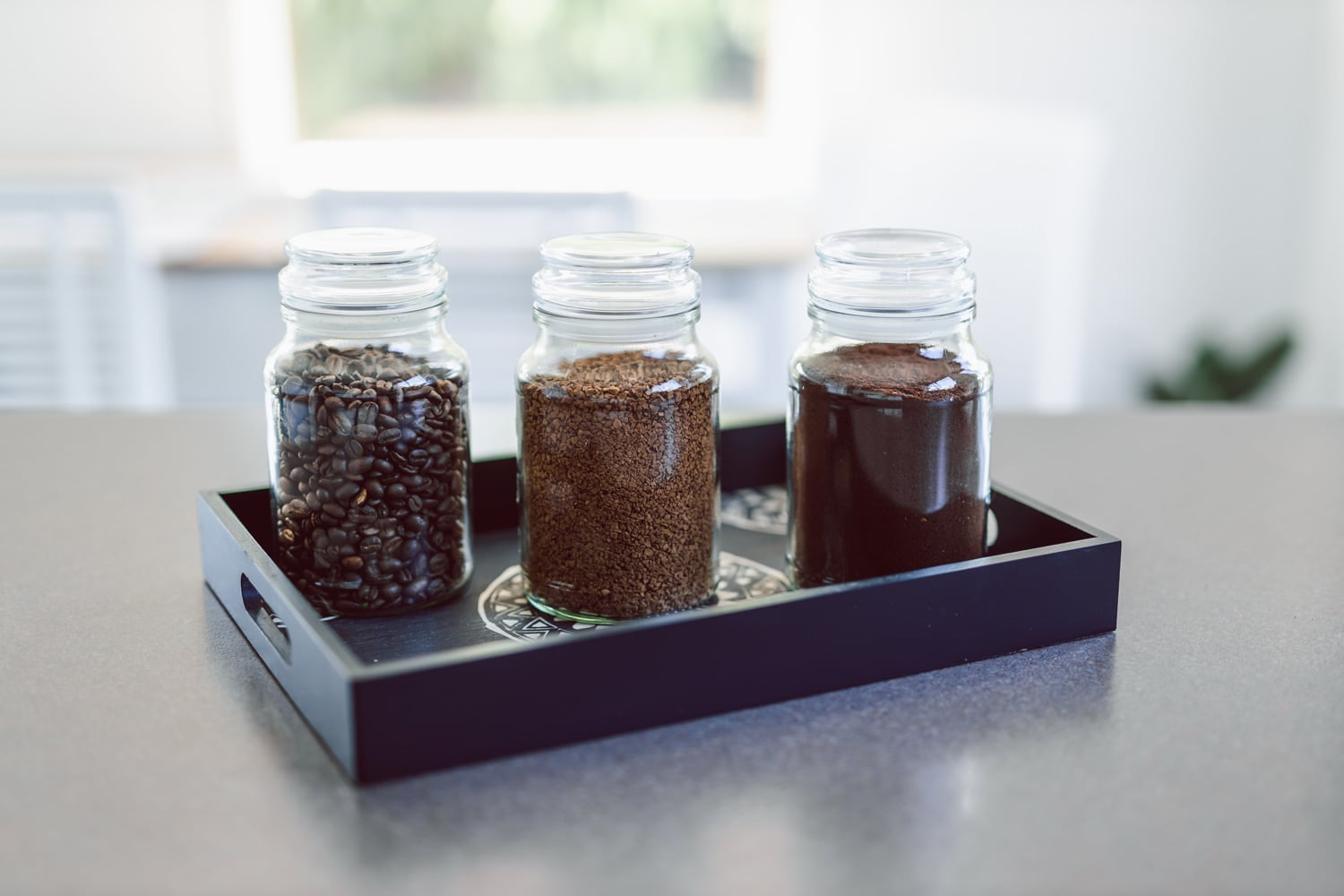
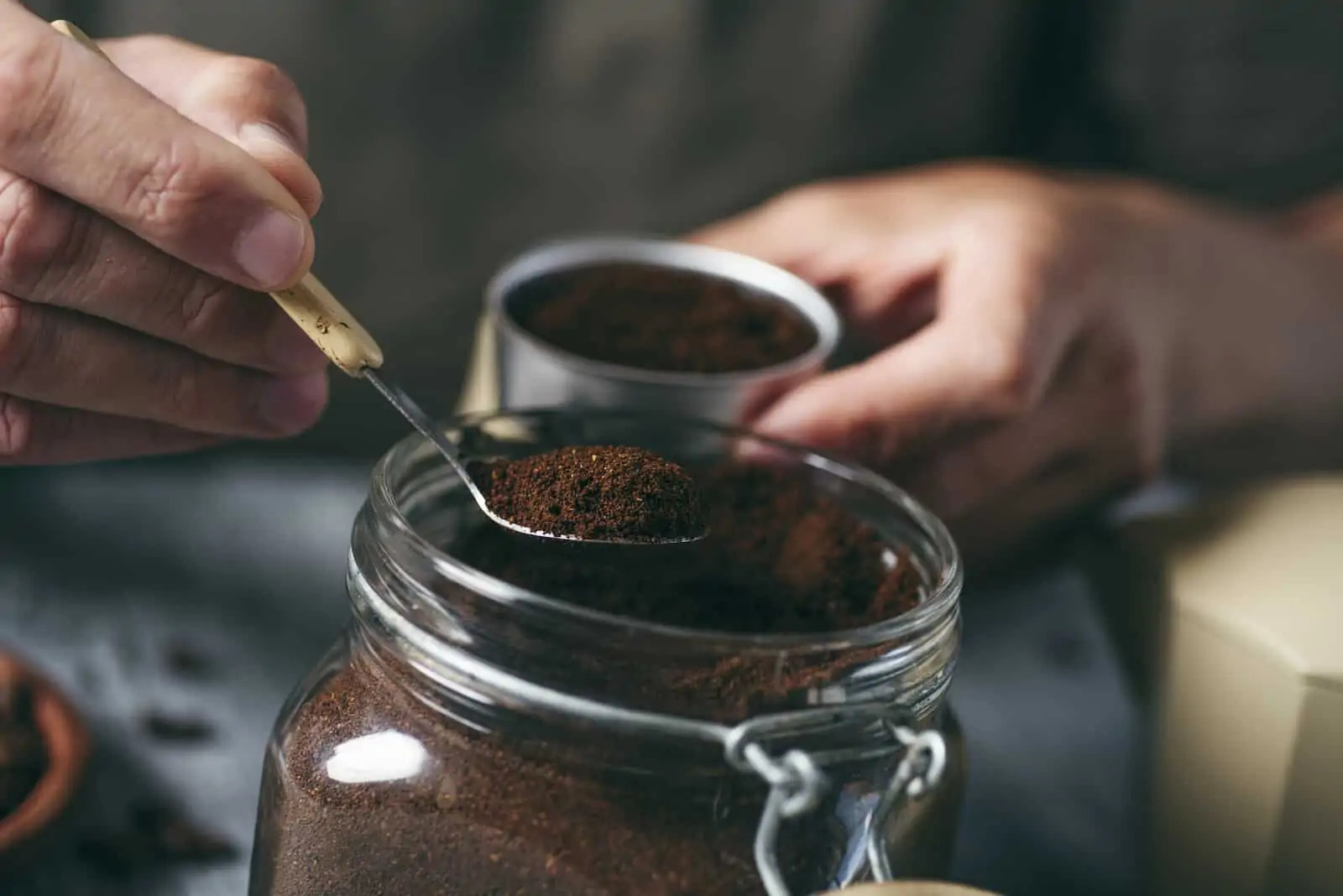
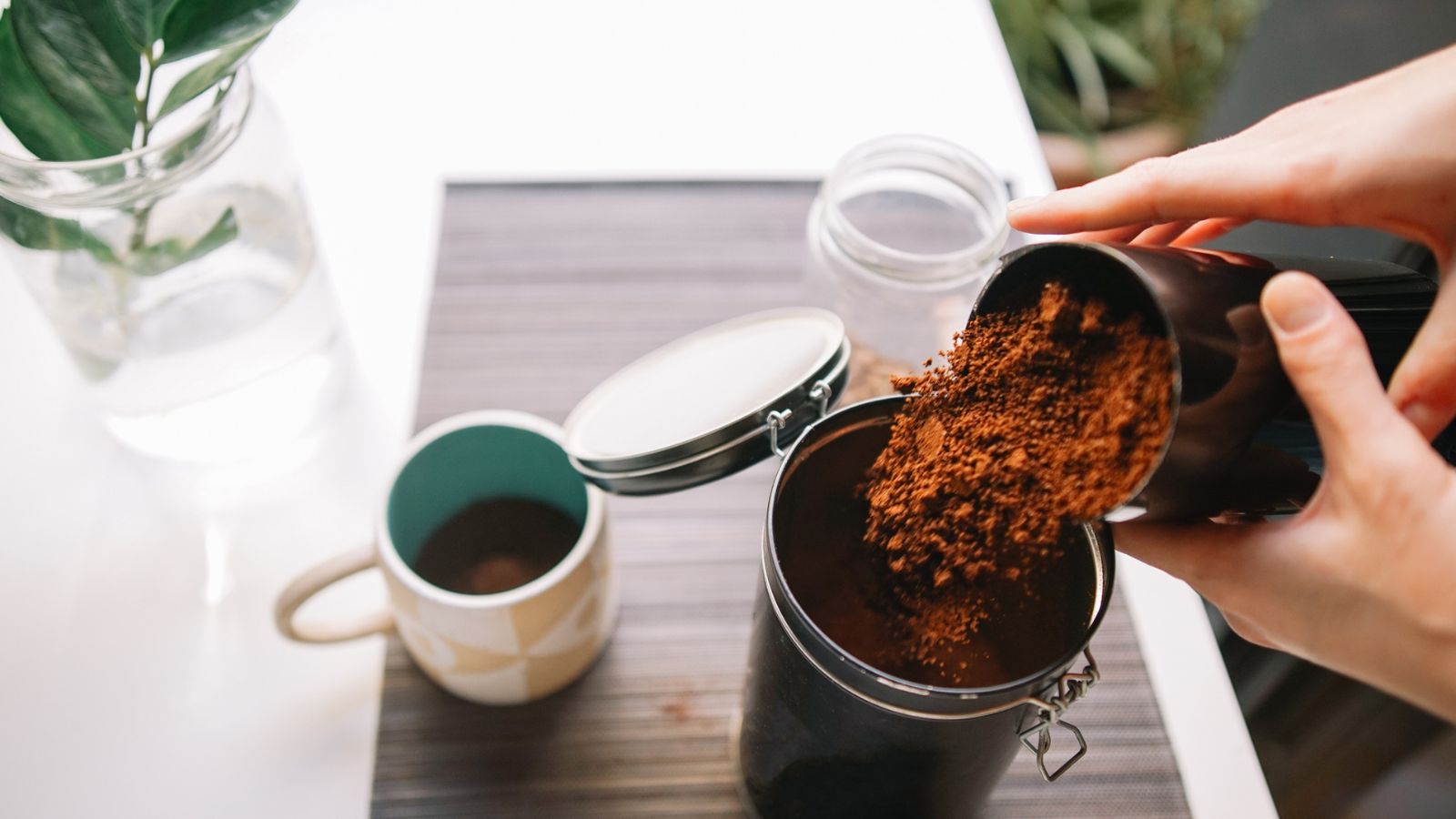
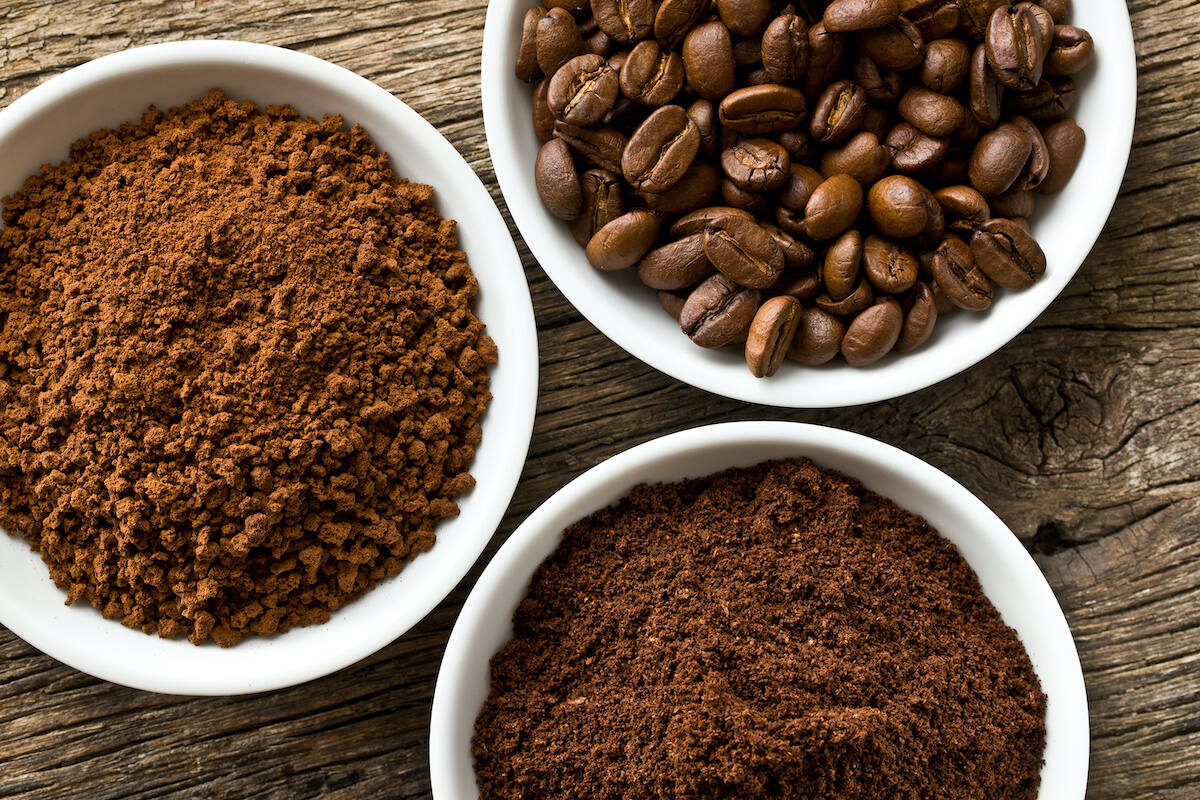
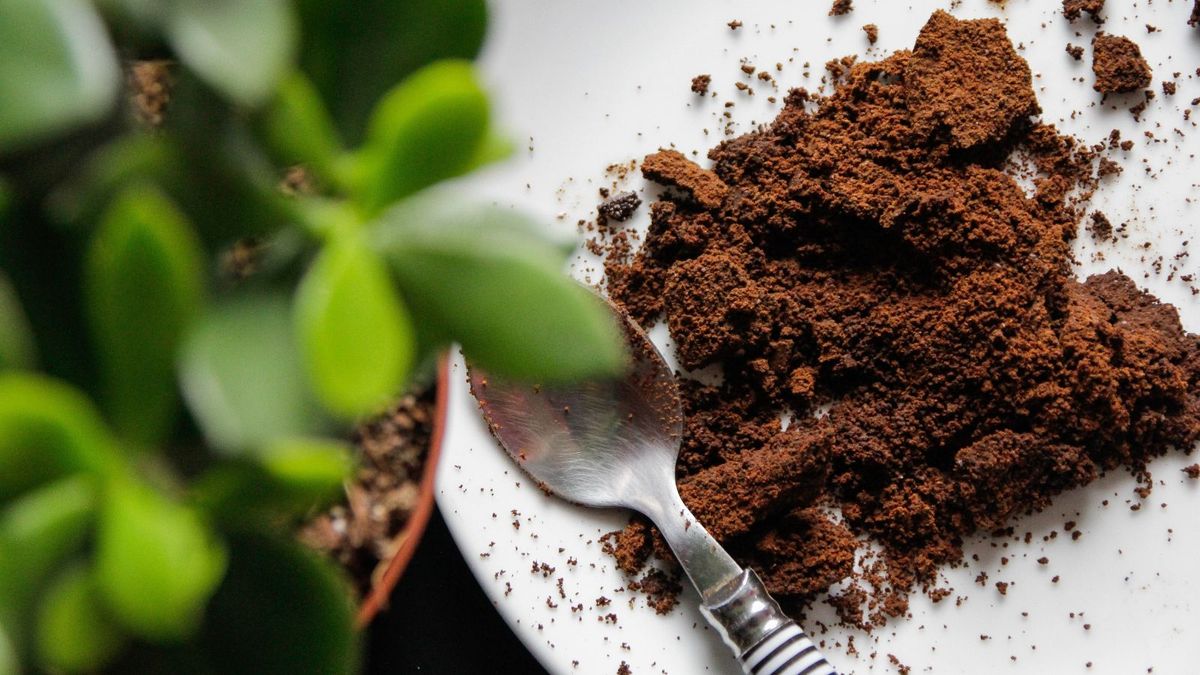
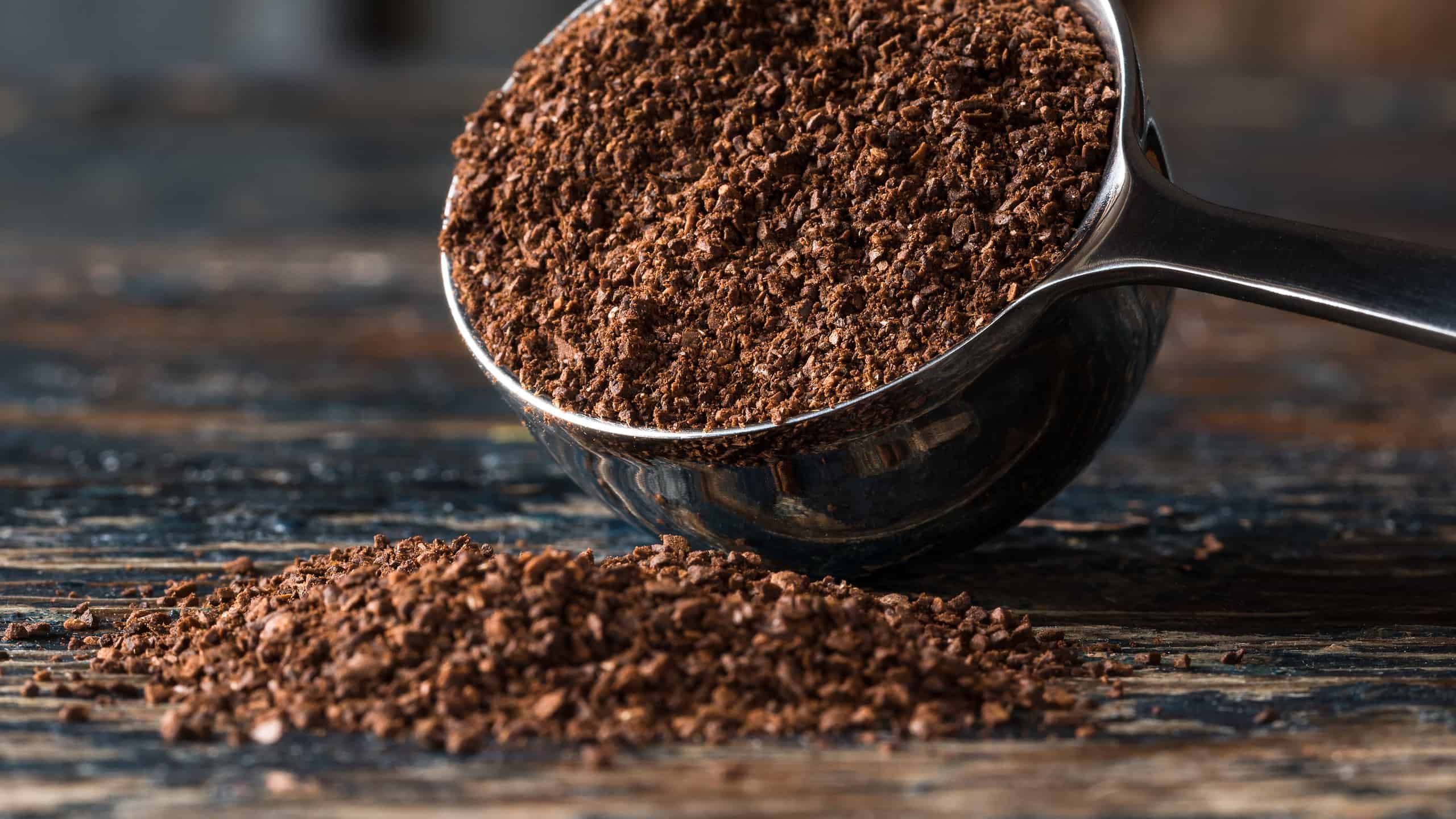
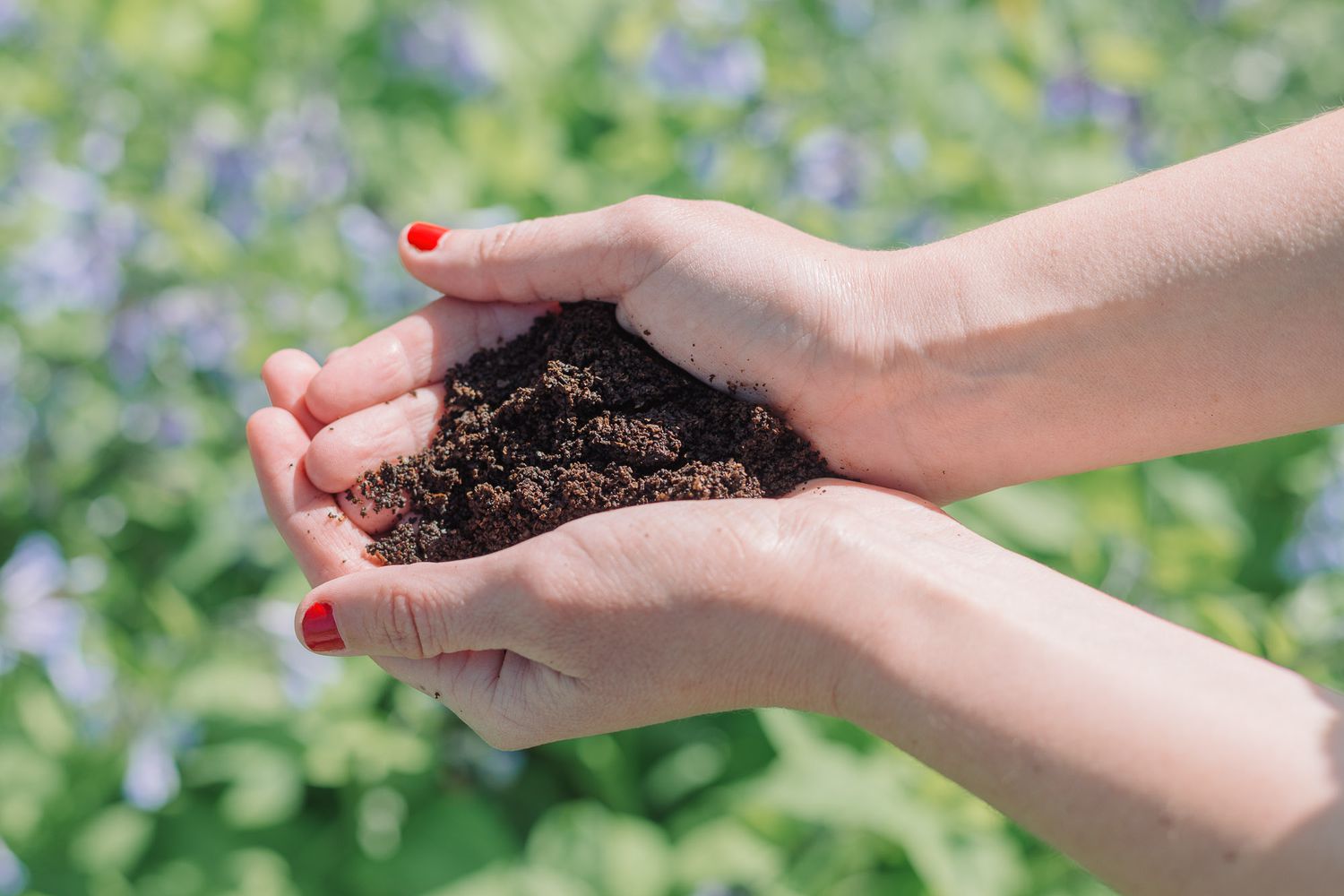
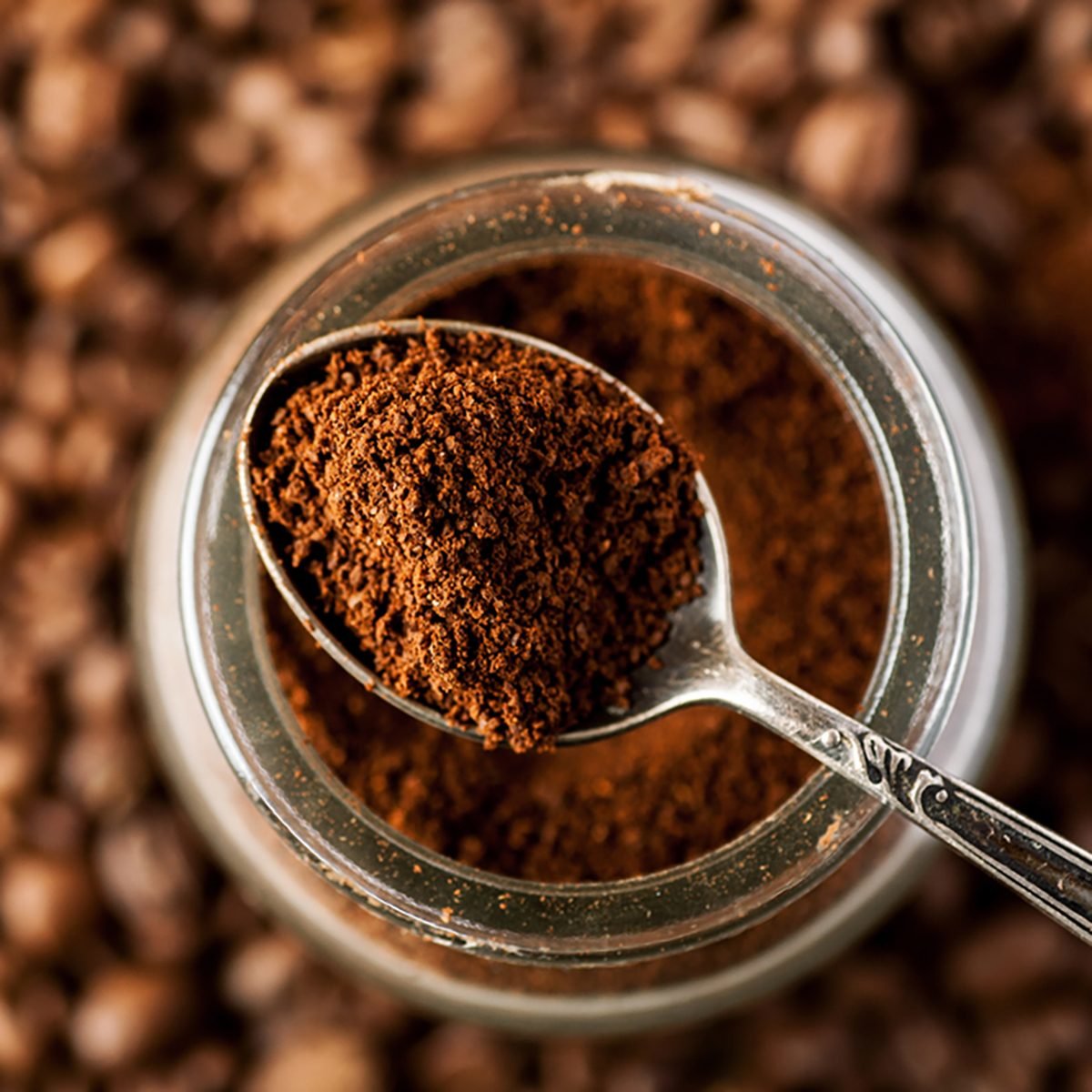
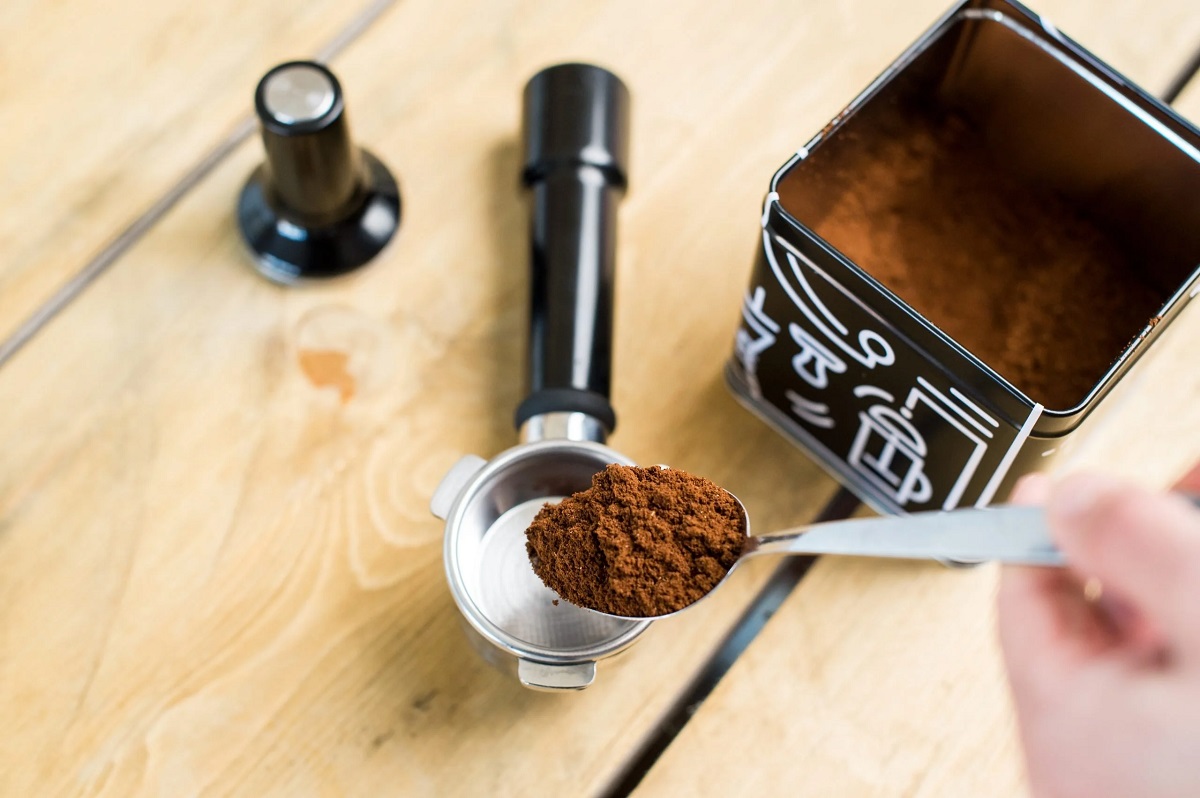
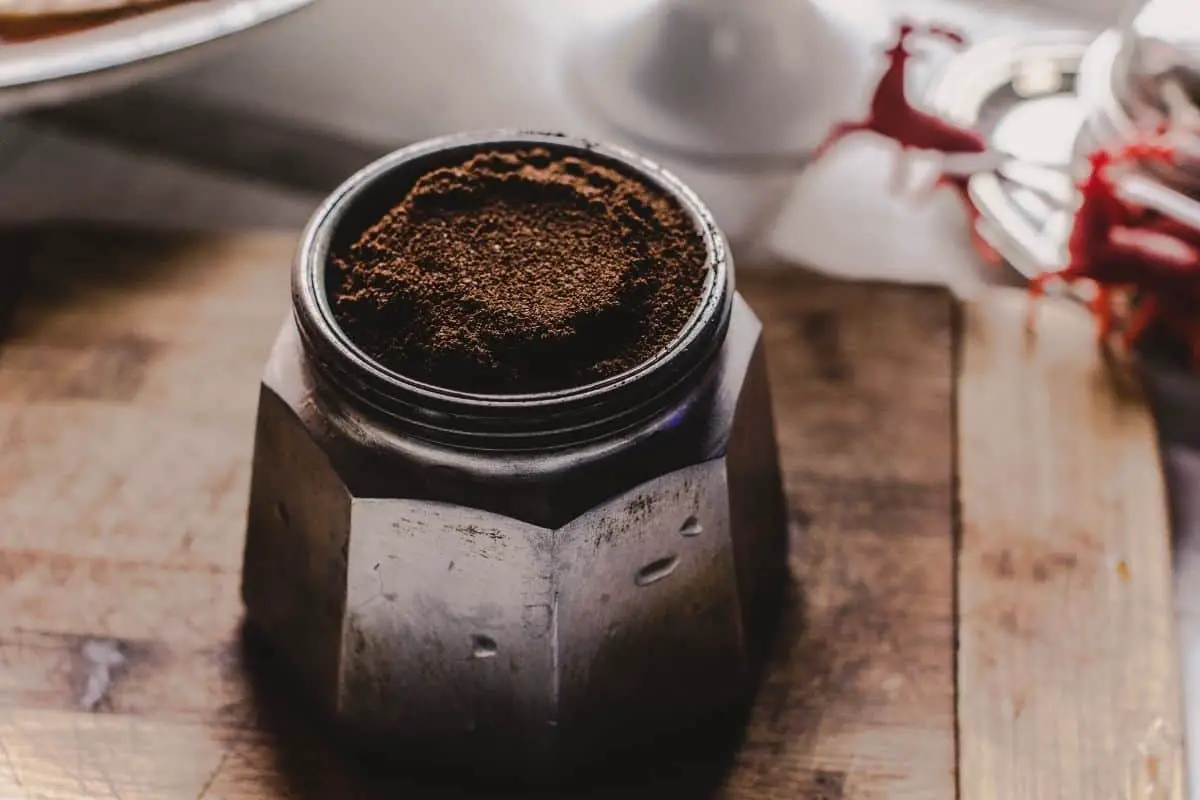
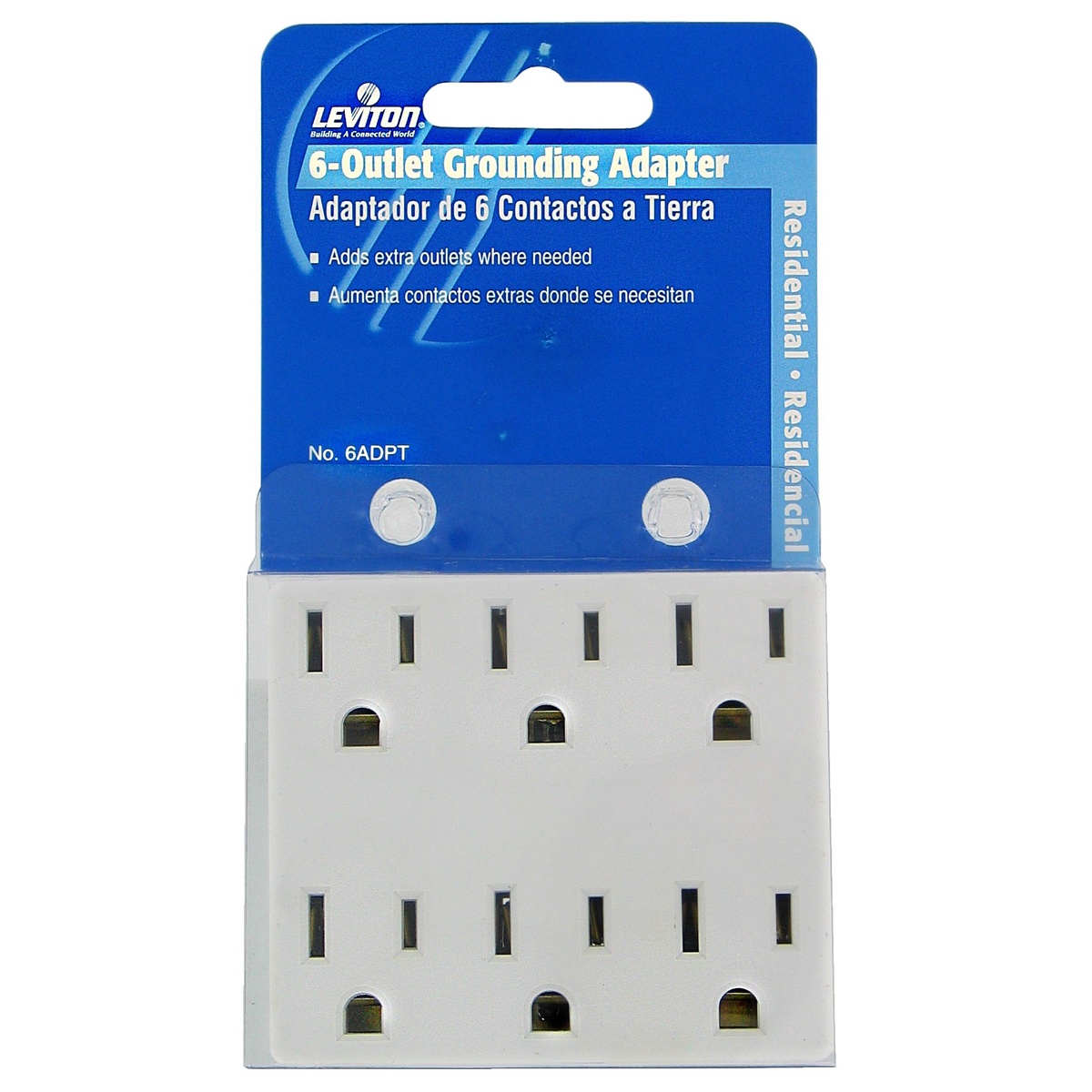
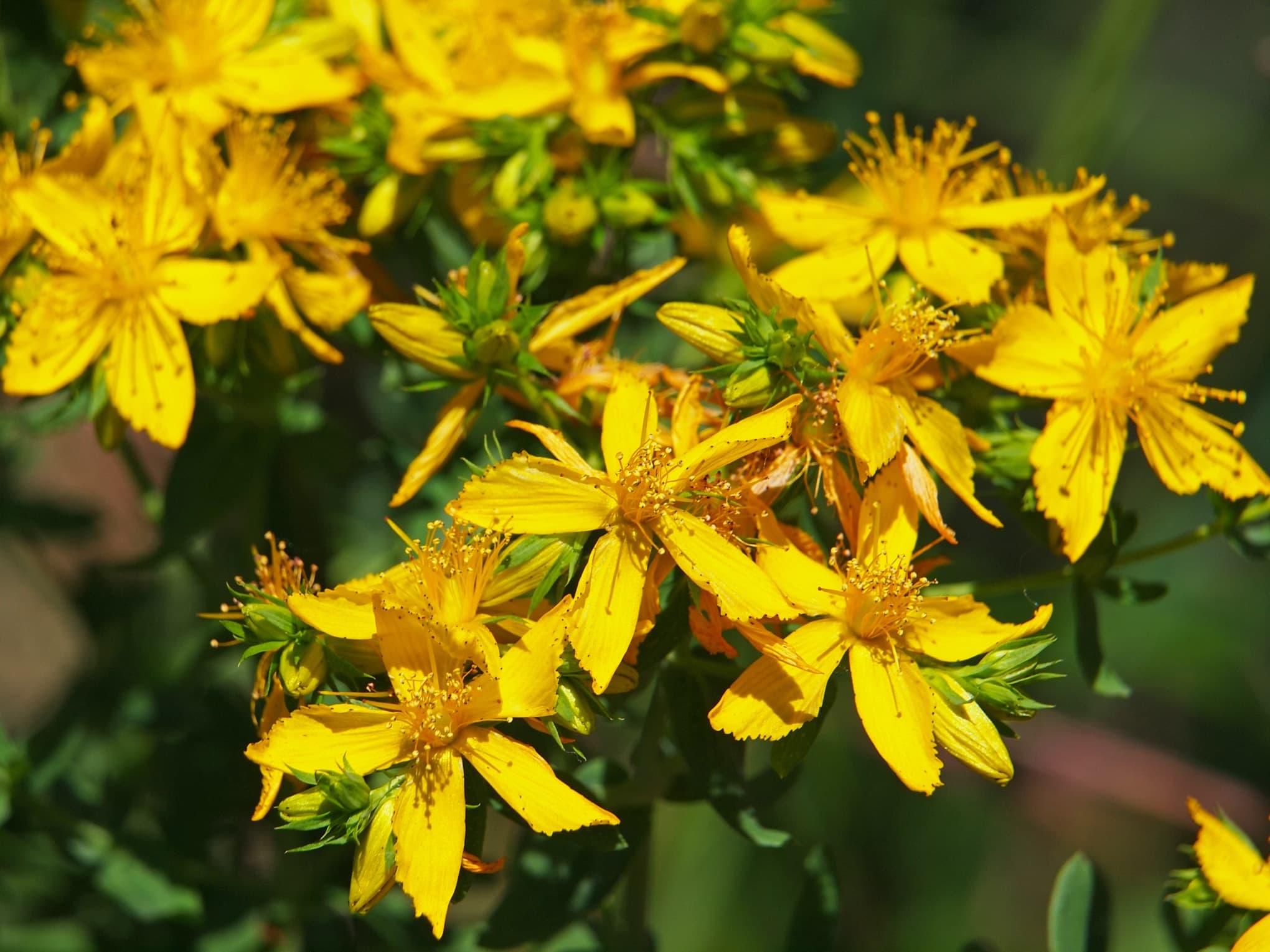


0 thoughts on “How To Use Coffee Grounds As Fertilizer”